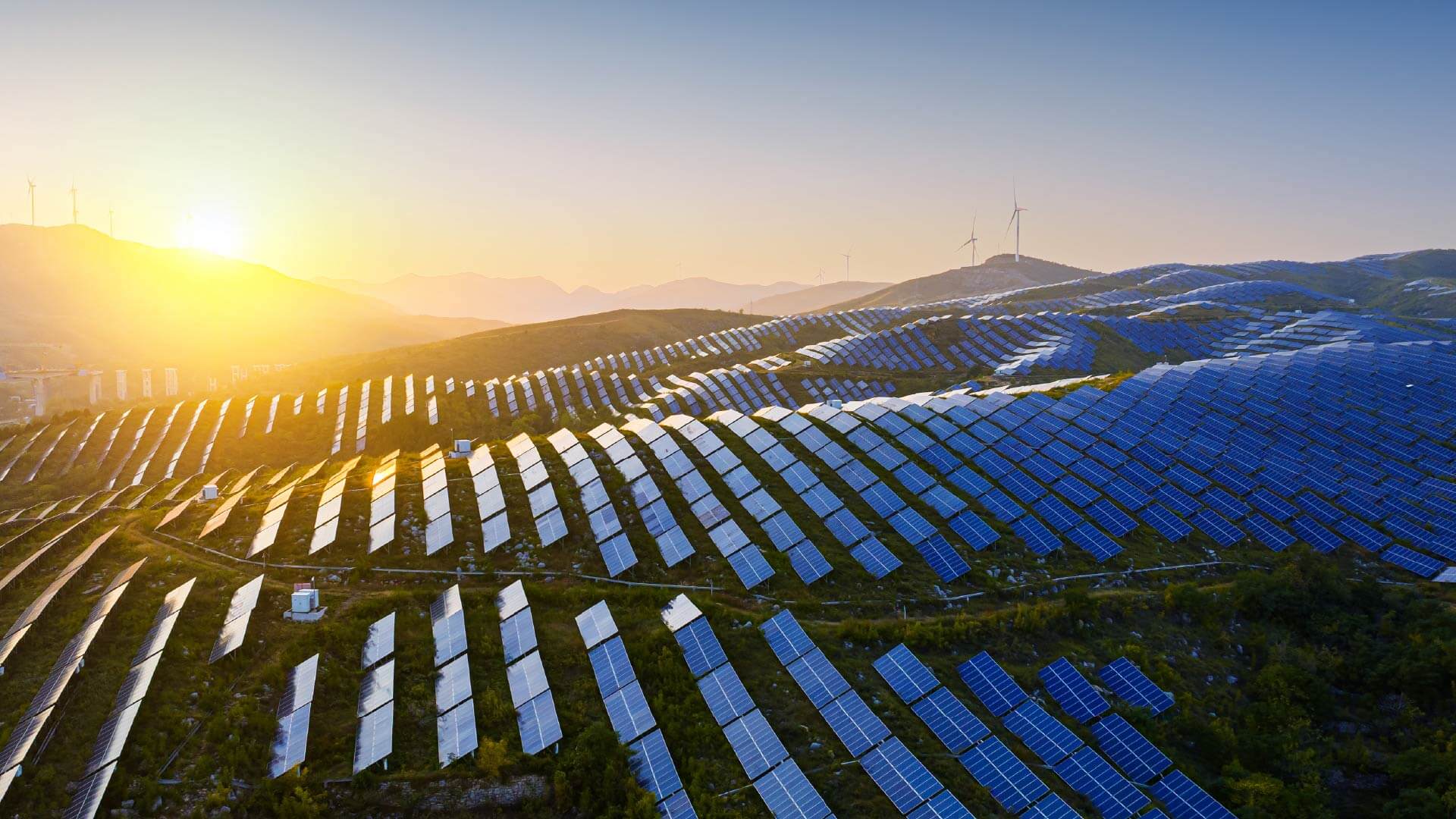Strategic Focus: Leaders And Laggards Of The Energy Transition 2025-2045
18 Sep, 2024
Access this research
Access all Corporate Energy Leaders content with a strategic subscription or buy this single report
Need help or have a question about this report? Contact us for assistance
Executive Summary
As energy sources transition from fossil fuels to renewables, some firms will come out as leaders, while others will struggle to keep up. Verdantix has identified three key dimensions – renewable energy availability, regulatory landscape, and technology readiness – that will impact firms in the next 20 years, and that indicate which side of the energy transition they will fall on. Strategists at software and services firms can leverage this report to establish a framework to predict how firms in different industries and geographies will respond to the energy transition.
Three dimensions establish the leaders and laggards of the energy transition
The first energy transition dimension is availability of renewable energy
The second energy transition dimension is regulatory, governmental and geopolitical pressure
The third energy transition dimension is technology readiness
Use the framework to assess leaders and laggards in the energy transition
The first energy transition dimension is availability of renewable energy
The second energy transition dimension is regulatory, governmental and geopolitical pressure
The third energy transition dimension is technology readiness
Use the framework to assess leaders and laggards in the energy transition
Figure 1. China has the fastest growth in renewable energy availability
Figure 2. EU firms are under the strongest regulatory pressure to transition
Figure 3. Electrification of industrial processes, shifting product design, and investments in on-site renewable electricity are top priorities in the next three years
Figure 4. Energy transition in hard-to-abate sectors is hampered by low technology readiness
Figure 5. High-level evaluation of Mercedes-Benz and Toyota
Figure 6. High-level evaluation of BASF and Dow
Figure 2. EU firms are under the strongest regulatory pressure to transition
Figure 3. Electrification of industrial processes, shifting product design, and investments in on-site renewable electricity are top priorities in the next three years
Figure 4. Energy transition in hard-to-abate sectors is hampered by low technology readiness
Figure 5. High-level evaluation of Mercedes-Benz and Toyota
Figure 6. High-level evaluation of BASF and Dow
ArcelorMittal, Audi, BASF, CEMEX, CTVC, Dow, EU Council, European Commission, European Investment Bank (EIB), EY, Imperial College Business School, International Energy Agency (IEA), International Renewable Energy Agency (IRENA), KC8 Capture Technologies, Linde, McKinsey & Company, Mercedez-Benz, New Energy Blue, Northvolt, Nucor Corporation, RE100, SABIC, Tata Steel, Toyota, UPM, Volkswagen, World Bank
About the Authors
.png?sfvrsn=db470322_1)
Alessandra Leggieri
Senior Analyst
Alessandra is a Senior Analyst at Verdantix, specializing in carbon management and software for product carbon footprints. Her research spans over 100 vendors in the carbon ma...
View Profile
Ryan Skinner
Research Director
Ryan is a Research Director at Verdantix, where he leads a team of analysts delivering research, data and advisory services that help clients navigate the fast-evolving landsc...
View Profile








